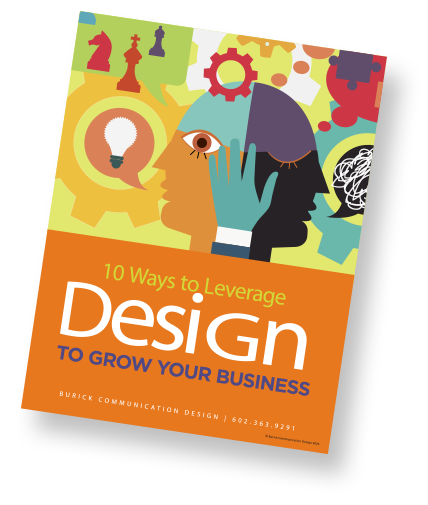
What Type of Website Does Your B2B Firm Need?
As much as you might admire websites such as Amazon, ESPN, or Apple as a user, the likelihood is that your business-to-business (B2B) firm has an entirely different mission as well as fewer potential customers (for now!) than those big brands. As such, your strategy needs to be tailored to reaching the right audience and motivating them into action.
Whether you’re just starting up or looking to commission a website redesign, B2B websites can be grouped loosely into three categories:
- Brand Story: Paint a compelling picture in prospects’ minds.
- Number Driven: Lead generation is priority #1.
- Targeted Microsite: Messaging-oriented, built for a specific purpose, and perhaps for a specific time period.
Common Elements
All three website types require you to define a core message and combine it with outstanding design to enable your brand to stand out from the clutter. Within that, though, there are two key components that are of vital importance to a successful website design or redesign:
- Compelling Copywriting: headlines and intros that guide the viewer through a visual hierarchy, leading them to the action you want them to take.
- Stunning Visuals: photography, video and illustration/graphics that evoke certain emotions and/or help the user find the product/service that they need.
These pieces are essential to developing a site that engages and converts the customer. But there’s an important time factor, too: In light of the ongoing changes to Google’s SEO algorithms, it’s absolutely paramount that you incorporate responsive web design into your planning. Having a website that seamlessly accommodates your users’ needs—whether mobile phones, tablets, or other devices—isn’t just about keeping your Google rank intact, it’s a matter of ensuring maximum usability for your customers and potential clients. No matter what screen size or software platform they’re working on, you need to get your message across.
Key Differences
On the other hand, a website can’t be all things to all users when it comes to content and design theme, so decisions need to be made about priorities:
A brand-story site may put an emphasis on durable emotional connection, for example–not asking for the sale as immediately or abruptly, but rather wooing the prospect with inbound marketing techniques like client case studies or testimonials that allow them to “see” themselves working with you. In essence, it’s a softer sell.
For a number-driven website, you need to put your Type A hat on and cut to the chase: What are the key facts and figures that are going to provoke action, i.e., generate leads? What are the technical aspects that you’ll need to have lined up, such as email campaigns, SEO metrics, etc.?
A microsite will probably incorporate aspects of both. Although its targeted, theme-based marketing probably has more goals in common with the number-driven methodology, the method of persuasion may lean toward the brand-oriented pitch.
This is obviously a simplification of the overall ecosystem of websites. A number-driven site still needs a brand story, a brand-story site still needs measurable results, and a targeted microsite needs to incorporate elements of both. But there is a benefit to defining your end purpose in its simplest terms from a B2B perspective: You can always increase the complexity of your website to accomplish your goals, but having a clear mission ensures that it’s always done for a reason.
Burick Communication Design can help B2B marketers develop and implement the right campaign strategy — whether it’s a brand story website, lead generation machine or targeted microsite — with stunning digital design that connects your marketing and branding with business results.
In the comments: What additional tools, components, and capabilities are you integrating into your new website design?
Join the conversation about visual branding and design by following me on Twitter.

